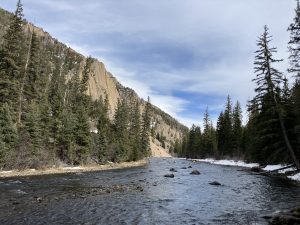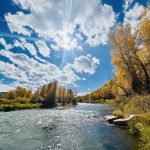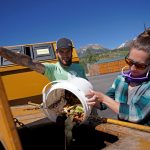Private lake in Eagle County source of zebra mussels in Colorado River
Aspen Journalism
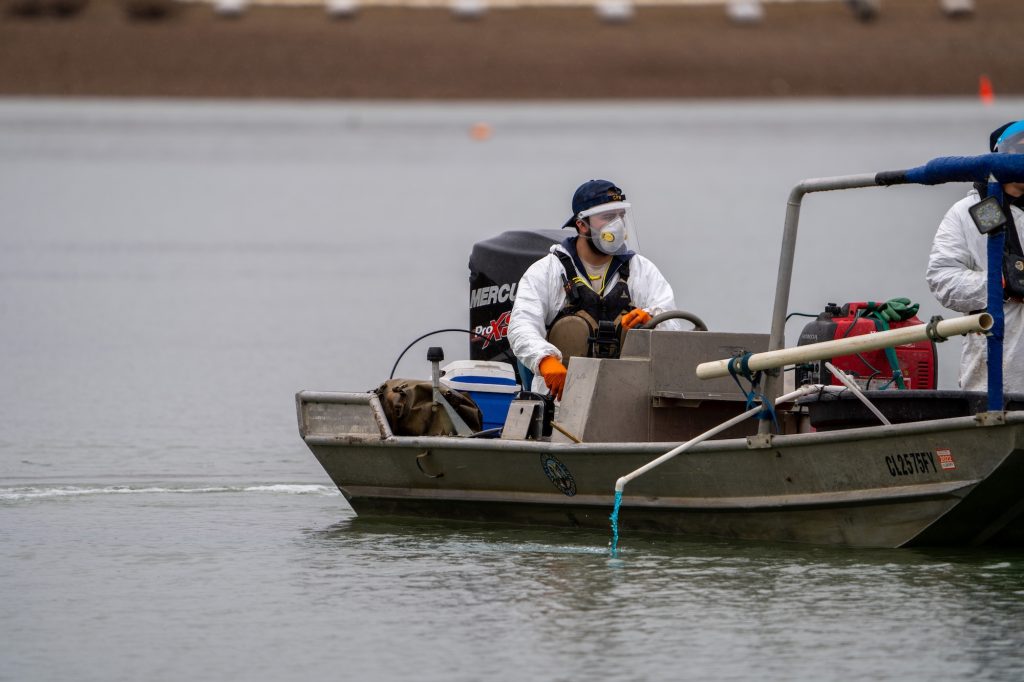
Colorado Parks and Wildlife/Courtesy photo
State officials may have solved the puzzle of how zebra mussels got into the Colorado River.
On July 3, Colorado Parks and Wildlife officials discovered a large number of adult zebra mussels in a privately owned body of water in western Eagle County. On Monday, Madeline Baker, an invasive species specialist with CPW, told members of the Colorado Basin Roundtable that they believe this private lake is an upstream source of the mussels that have contaminated the Colorado River, the Government Highline Canal, Highline Lake and Mack Mesa Lake.
“We do believe this to be the primary source, but it could now have created other secondary sources downstream with locations that hold water,” Baker said. “There is a lot of speculation of could these veligers survive the journey from Eagle County down to Highline and create a new population there, or is there some sort of intermediate population in between. So we still have a lot to figure out.”
Baker said that the lake’s owner is collaborating with CPW on a mitigation plan. CPW is not releasing the owner’s name or the specific location of the lake.

“The property owner is unsure of how this could have happened, but is being cooperative,” she said.
Baker said there were quite a few dead shells on the shoreline of the private lake, which indicates the zebra mussel population has been there for several years. She said CPW staff found the lake by searching Google maps for bodies of water on private property near the Colorado River and then calling property owners and asking if they could inspect their lakes. An outlet from the lake was bringing zebra-mussel-infested water into the Colorado River, an issue that has since been fixed.
“We’ve done a dye test at the reservoir to be sure that nothing more is flowing into the river, and that dye test showed us that it should be contained at this point, which will allow us to pave a path toward mitigation,” Baker said.
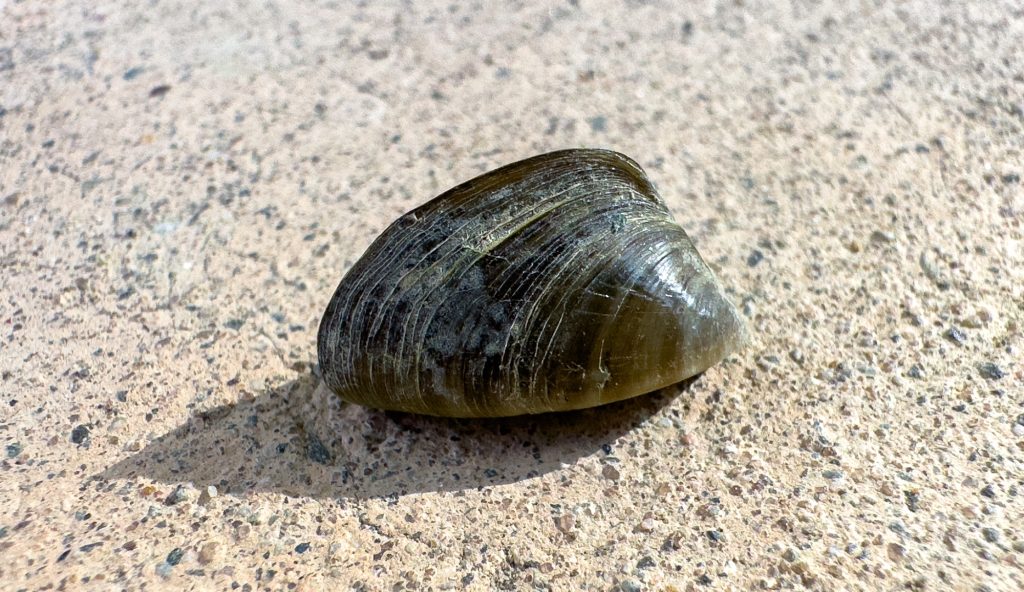
Zebra mussels are a prolific invasive species that, if left unchecked, could clog irrigation infrastructure and strip the plankton and nutrients from the water. Once established, they are nearly impossible to eradicate.
For the last two summers, microscopic zebra mussel larvae, known as veligers, have been found in the Colorado River at several locations. In June, they were found at the boat launch in New Castle, in Highline Lake and Mack Mesa Lake. The Colorado River is now considered “positive” for zebra mussels from the confluence with the Roaring Fork River to the Colorado-Utah border.
Threat to the Grand Valley
The arrival of zebra mussels has been especially alarming for the Grand Valley, which is one of the most important agricultural areas and home to the biggest agricultural water users of Colorado River water on the Western Slope.
“At least from a Grand Valley perspective, we feel like we are under a very serious threat,” said Kirsten Kurath, a Grand Valley attorney and vice-chair of the roundtable.
Adult mussels were found in 2022 in Highline Lake near the Utah state line. Officials treated it with a form of copper that kills zebra mussels called EarthTec QZ and drained it for the 2024 boating season. The lake reopened for recreation this year, but on June 10, CPW staff found more veligers in Highline Lake, which is now designated an infested body of water. Highline Lake is filled with water from the Government Highline Canal, which pulls water from the Colorado River.

“We now know that Highline Lake was continuously being reinfested with mussels after the treatment, so it’s difficult to ascertain the effectiveness of the treatment,” Baker said.
Veligers were also found last year in the Government Highline Canal, which brings water from the Colorado River to Grand Valley farms, vineyards and orchards. Realizing the mussels could be disastrous for commercial peach growers who use micro-drip irrigation, water managers sprang into action last fall, treating their systems with a copper solution that kills the mussels.
Grand Valley Water Users Association General Manager Tina Bergonzini said the copper treatment was successful — the irrigation company has not seen any signs of adult mussels in their system — and the Government Highline Canal has not had any more positive tests for veligers. Still, Bergonzini said GVWUA will probably do the copper treatment again this fall, and that preventing zebra mussels from becoming established is something they will be working on for the foreseeable future.
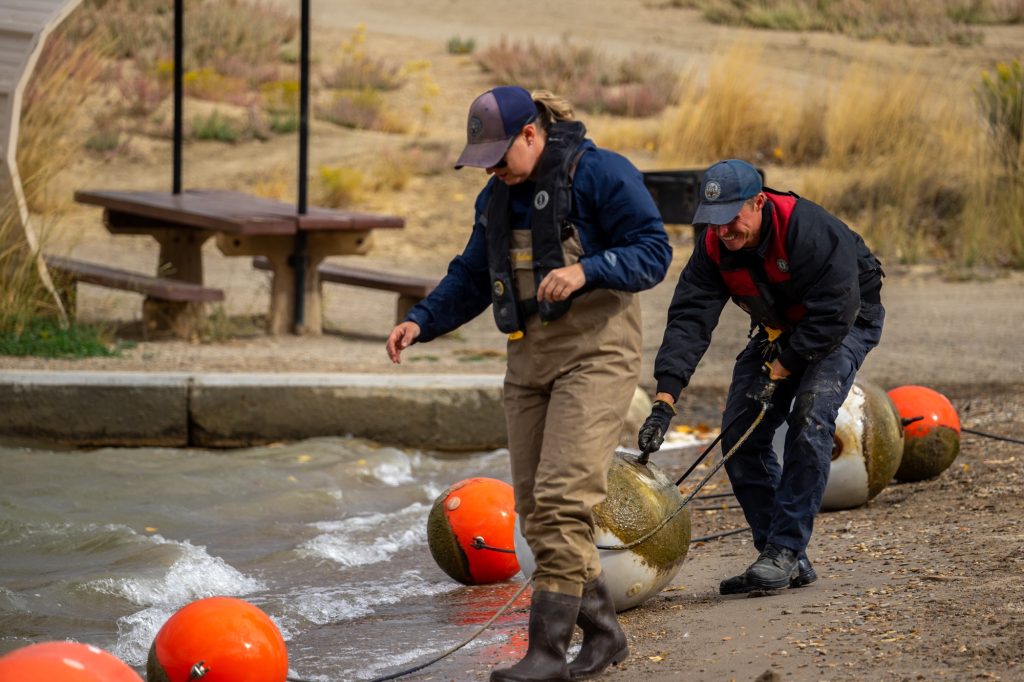
“I don’t think there is any way around [doing the copper treatment again],” Bergonzini said. “We can’t risk our infrastructure. It’s a financial hurdle for the irrigation companies because it’s very costly, but not as costly as having fouled infrastructure.”
The discovery of the source pond in Eagle County is a step in the right direction, but it doesn’t mean the fight against zebra mussels is over. CPW will continue sampling and mitigation work, Baker said.
“Finding the source was always the main focus,” Bergonzini said. “There’s no way you can win the war if you can’t figure out where they are coming from. So I think discovering that pond was huge. That gives us a really good chance.”
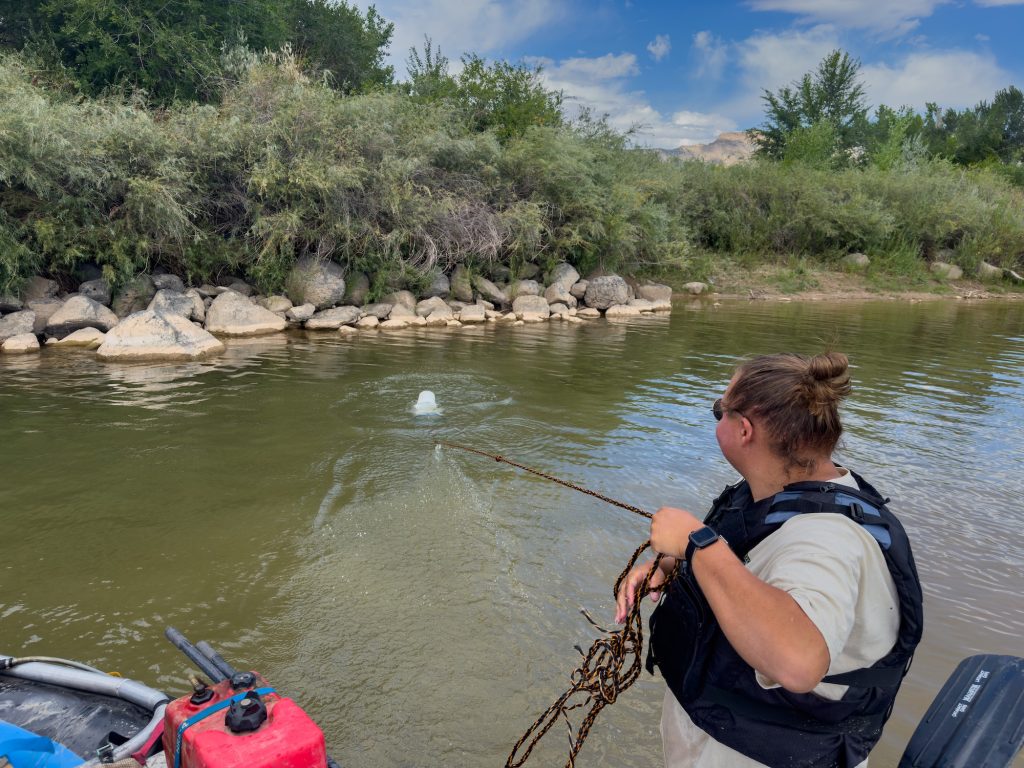
CPW says cleaning, draining and drying fishing gear, motorized boats and hand-launched vessels like paddle boards is key to preventing the spread of invasive species.
Aspen Journalism is a nonprofit, investigative news organization covering water, environment, social justice and more. Visit AspenJournalism.org.

Support Local Journalism

Support Local Journalism
As a Summit Daily News reader, you make our work possible.
Summit Daily is embarking on a multiyear project to digitize its archives going back to 1989 and make them available to the public in partnership with the Colorado Historic Newspapers Collection. The full project is expected to cost about $165,000. All donations made in 2023 will go directly toward this project.
Every contribution, no matter the size, will make a difference.
